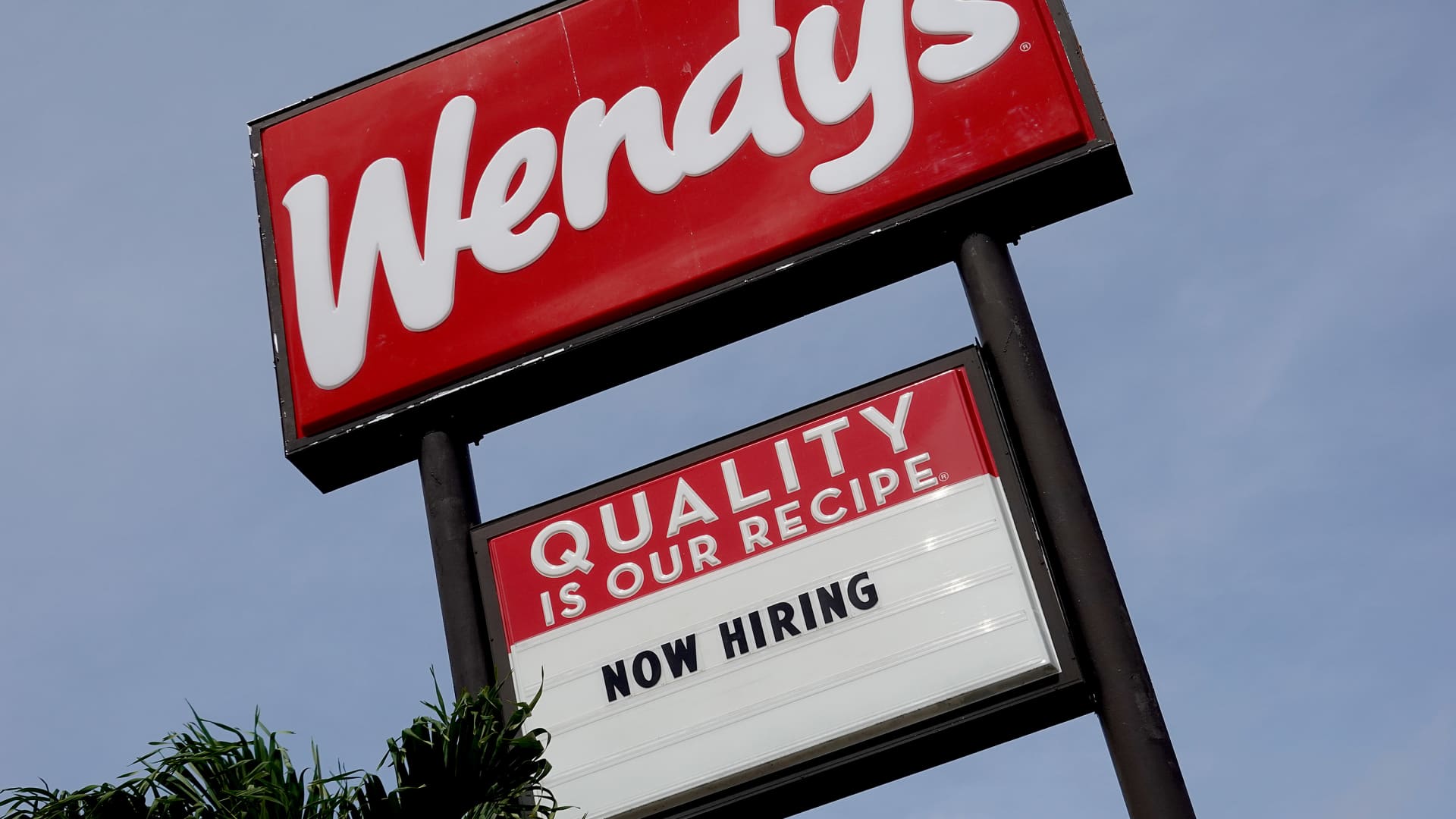A firefighter is silhouetted as Cameron Peak Fire, the largest wildfire in Colorado’s history, burns outside Drake, Colorado, U.S., October 17, 2020.
Loveland Fire Rescue Authority | Reuters
Wildfire season in Colorado would normally be nearing its end by now. Instead, dry conditions fueled what’s now become the state’s largest wildfire in history.
The Cameron Peak fire, which ignited in August, is still raging through the state, burning more than 200,000 acres and further straining already an under-resourced emergency response grappling with uncontained blazes throughout the West.
In late October, Colorado would typically experience some snowfall in the mountain regions. But dry weather and little rain, conditions exacerbated by climate change, have triggered explosive fires that have forced thousands of people to evacuate.
Daniel Swain, a UCLA climate scientist who lives in Boulder, watched in shock as blazes and fire tornadoes from the CalWood fire tore out of the Rocky Mountains over the weekend, scorching miles of land in a matter of hours.
“To be that close to a wall of flames, it looks like the end of the world,” said Swain, who has witnessed and studied many Western wildfires but has never seen one spread so quickly.
“It’s completely overwhelming,” he added.
A Loveland Fire Rescue Authority vehicle is seen as Cameron Peak Fire, the largest wildfire in Colorado’s history, burns trees outside Drake, Colorado, U.S., October 17, 2020.
Loveland Fire Rescue Authority | Reuters
Fires have burned more than 400,000 acres in Colorado during one of the worst fire seasons ever in the state. To the south, the East Troublesome fire and the Williams Fork fire are still burning, as well as the CalWood fire near Jamestown.
Fighting the Cameron Peak fire alone has cost at least $96.4 million, according to an Oct. 22 National Interagency Fire Center report.
“Climate change is here and now in Colorado,” said Jennifer Balch, director of the Earth Lab at the University of Colorado Boulder. “Warming is setting the stage for a lot of burning across an extended fire season.”
The unusually late and rapidly intensifying fire season in Colorado is part of a larger problem of worsening fire destruction in the West.
‘We are out of time’
The 2020 season, fueled by climate change and outdated forest management plans, has taken a major toll on states like California, Washington and Oregon.
Scientists have repeatedly warned that the fires, along with other climate-fueled disasters, will continue to grow larger and more destructive as global temperatures rise and the country fails to mitigate climate change.
“We are out of time, and I shudder to think what other ‘fast-forward’ climate destruction we’re facing in the next years,” said climate scientist Kim Cobb of Georgia Tech.
A Cal Fire firefighter monitors a firing operation while battling the Glass Fire in Calistoga, California, U.S. October 2, 2020.
Stephen Lam | Reuters
With more than a month of fire season to go, record blazes have already decimated parts of California, Oregon and Washington. Entire towns in all three states have been destroyed. At least three dozen people have died in connection with the fires and more than 5 million acres have burned —an area larger than Nebraska.
“The status quo is not working,” Swain said. “The fire crisis across the American West is escalating rapidly.”
“Things had already been getting worse, but in the past five years they’ve exploded. 2020 is an exclamation point on top of that,” he added.
“To be that close to a wall of flames, it looks like the end of the world. It’s completely overwhelming.”
Daniel Swain
UCLA climate scientist
In California, five of the 20 biggest wildfires in state history happened this year, according to Cal Fire, the state’s fire agency, and more than 4 million acres have burned this season, a state record.
“I hope that these horrific scenes are enough of a wake-up call to help Americans realize that climate change is a serious threat to our economy, to our health and to everything we hold dear, not in 20-30 years, but right now,” Cobb said.
Fire season grows longer
The wildfire season in the West is now 78 days longer than it was in the 1970s, with more than 46 million homes and more than 70,000 communities at risk from fires, according to the U.S. Department of Agriculture.
In Colorado, precipitation over the last 30 days has been less than 10% of what the state typically gets and heat and drought have intensified and lengthened the Colorado’s fire season, according to Balch. For the first time in eight years, the U.S. Drought Monitor has designated the entire state as abnormally dry or in drought.
In Octobers during the past decade, Colorado has experience a tripling of average burned area from large fires, compared with the prior three decades, Balch said. As droughts become more regular, snowpack continues to decline in the state.
Though contained burning during fire season plays an important ecological role, human-caused climate change has doubled the area burned by wildfires in the West since 1984. In some areas, a buildup of dead and dried-out vegetation and historic fire suppression have heightened the risk of rapidly spreading blazes.
Red fire retardant blankets burned residences and vehicles in the aftermath of the Almeda fire in Talent, Oregon, U.S., September 14, 2020.
Adrees Latif | Reuters
“Climate change is a primary driver of growth in fire size through hotter, drier weather. This results in fires which grow very quickly and rapidly get out of control,” said Philip Duffy, climate scientist and president of the Woodwell Climate Research Center.
September 2020 was the warmest month on record worldwide, and this year is set to be one of the five hottest in recorded history, according to the Copernicus Climate Change Service and the National Oceanic and Atmospheric Administration.
In the U.S., fire-prone California and Oregon had their hottest Septembers on record.
“Reality might not follow the middle-of-the-road warming scenario that climate scientists like to emphasize, because they don’t want to sound alarmist,” Cobb said.
“It’s time we faced the fact that we probably haven’t been alarmist enough, and that warming rates and associated climate damages may pile up much faster than we anticipated,” she said.
Fires are also growing worse because more people are moving into fire-prone wildland areas, creating more flammable timber and making emergency response in those areas more difficult.
In the U.S., nearly 60 million homes were within under a mile from a wildfire between 1992 and 2015, according to research published in the journal Fire. In Colorado, the number of people living in areas at risk increased by nearly 50% between 2012 and 2017, according to the Colorado State Forest Service.
Policies that discourage building in high-risk locations could mitigate future risk. Using more sustainable building methods and materials that are less vulnerable to blazes also could help.
“The most important thing to do is to stop making fire risk worse by stopping the addition of greenhouse gases to the atmosphere,” Duffy said. “Those steps would not reduce fire risk, however, since the changes in climate which are driving fire activity are irreversible.”






